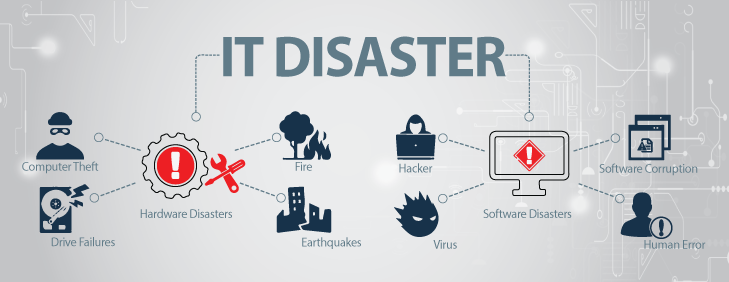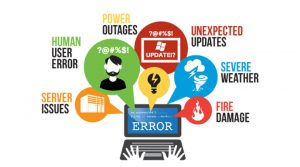Contact Us
- Call Now:(01)773-455-6676
- Sales Email:sales@dedicatedhosting4u.com
- Support Email:support@dedicatedhosting4u.com
- Billing Email:billing@dedicatedhosting4u.com
Close Support
Tips for successful server disaster recovery strategy
Tips for successful server disaster recovery strategy
Businesses of all size rely on information technology as a vital component of their day-to-day operation, because data accessibility is a top priority, it requires companies to accumulate a detailed server disaster recovery strategy is necessary.
According to Info-Tech investigate Group; however, approximately 60% of North American business does not have a disaster recovery strategy in place to resume IT service in case of crisis – a recipe for probable business failure. Faulkner Information Service found that 50% of companies that lose their data because of disasters go out of industry within 24 months, whilst the U.S. Bureau of Labor indicates that 93% are out of industry within five years.
Plan a server disaster recovery strategy
IT disaster recovery planning could be a daunting undertaking, with numerous scenarios to examine and option to pursue. It is significant to start with the fundamentals and add to the plan over time. To start, define what is significant to keep the industry running – i.e., email as well as application access, folder back-up, computer apparatus – and the “recovery time objective” or else how quickly the corporation
needs to be up plus running post-disaster. Other key plan mechanism to think are determining who inside the organization declare the disaster, how workers are informed that a disaster has occur, and the way of communication with clientele to reassure them that the corporation can still service their requirements. For small- to medium-sized business, it is often price prohibitive to implement a sound disaster recovery strategy. Frequently these organizations lack the technical professional to achieve this. Managed services providers (MSPs) have emerge in recent years to carry out this role
In determining the mechanism of a disaster recovery plan, businesses usually need to make hard compromises, sacrificing the height of recovery (maximum quantity of downtime and data loss) with price. A relatively new shape of technology – server virtualization – is start to gain reputation as a viable as well as cost effective way of achieving highly accessible, redundant systems. Server virtualization allow companies to merge multiple server function on one host server, therefore lowering total price of operation and efficiently managing rising hardware advancements.
At first glance, server virtualization might appear to be dangerous and counter-productive while trying to attain a highly accessible, redundant IT infrastructure. Finally, server virtualization increases the risk of manifold server failures by housing many server services on a distinct host server. But, with the blend of hardware advancement and software initiative, companies will be capable to capitalize on server virtualization as a sensible and effective means to attain disaster recovery.
In the case of a natural disaster or else power outage that impacts a company’s main facility, a host server in a divide location connected to a SAN targeted for virtual server duplication can be enable quickly and with small effort. By capitalizing on augmented virtual server performance as a consequence of software advancement and lower hardware expenses with higher capability, a robust and full-featured disaster recovery strategy will be more readily achievable by more organizations.





